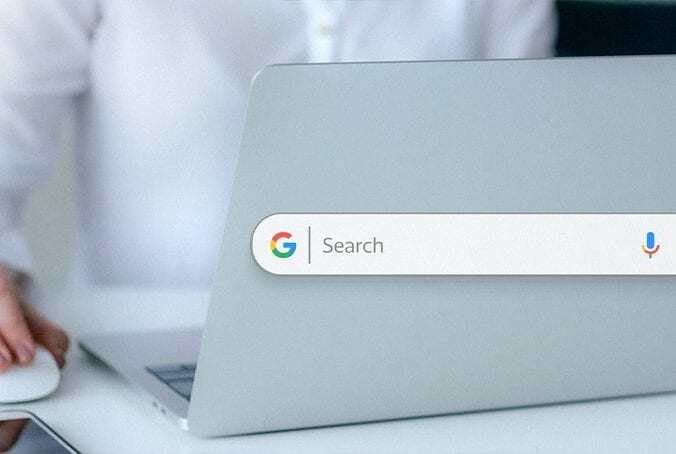From Google’s SERP changes to new offerings from Bing and Yahoo, 2014 has been a huge year for changes in paid search marketing, and the trend will only continue in 2015. Here are five things you need to make sure you’re using in the new year so you don’t get left behind.
Callout extensions
This is a new extension in the ever-expanding paid search ads in the top position. While sitelinks need a separate landing page on your site pertaining to each link, callouts can be used for important points that don’t have a landing page. For example, “Free Shipping” or “Easy Cancellation.”

Shorter ad copy on mobile
Google rolled out a new format for paid search ads displayed on mobile. The second line of text will not be shown, in favor of sitelinks. Mobile-preferred ads should be updated to include the most important and complete messaging in the first line of text. Now, sitelinks will be a more important part in conveying your message, so be sure to use your sitelinks wisely. For example, if “Free Shipping” is a big messaging point and doesn’t fit in your description anymore, I’d recommend that you be sure it’s one of your sitelinks.
Google Shopping Campaigns
Google’s product listing ads (PLAs) transitioned into the Google shopping campaigns, a huge change for retail advertisers. In addition to being able to bid on ad positioning for your product inventory, you can also view insights from your competitors with impression share and benchmark data. Your feed will need a lot of maintaining and attention to be sure you’re getting the most qualified traffic. In addition, running search query reports (which should be a standard optimization practice in all your search campaigns!), will help prevent your ads from showing on irrelevant product queries.

Bing Enhanced Campaigns
While Bing promised in 2013 that it wouldn’t change over to enhanced campaigns, they succumbed in 2014 with the first phase of the restructure. The first phase consolidates Tablet and Desktop traffic into one campaign. In early 2015, they will be rolling out the next phase, which will consolidate the mobile traffic as well. What’s different from the Google version? On Bing, you can apply a bid multiplier for Tablet devices, whereas Google treats Tablet devices as Desktop. Make sure your campaigns are now consolidated on Bing for Tablet and Desktop and get ready to consolidate your Mobile campaigns in January.
Yahoo Gemini
Yahoo launched the new ad marketplace that brings together their native ads (image ads, stream ads) and mobile search. Yahoo looks to be prioritizing mobile by creating a whole new platform just for it. Yahoo is looking to showcase their native offering and feature the ability to dynamically change the look of the ad to fit desktop, tablet or mobile devices. Gemini makes it a little harder on advertisers, by requiring another IO and a new account to manage. Marin Software, Yahoo’s largest API partner (and a BCM partner as well), just launched support for Gemini in November, so expect to see more large advertisers coming onboard soon. Try launching one of your campaigns on Gemini just to test the waters, and think about adding some Yahoo Native ads. While the native ads have immature targeting features, it is run on a CPC-basis and relatively inexpensive.
While the industry saw many other moves, including changes to close variants on Google, dynamic sitelinks, and Google App promotion, the above were some of the most significant developments for many advertisers. In 2015, we can expect a whole new set of product offerings from Google and Bing/Yahoo and more changes to Google’s ever-changing SERP. Stay tuned to the BCM blog to keep pace with the quickly changing world of search.

11 min read
A Guide to Google’s Broad Match Type Change – What You Need to Know Now – And In The Future
5 Actions to Take Now To Turn Google’s Broad Match Modifier Change To Your Advantage Google’s recent announcement As you may have heard by now,...

10 Ways to Promote Your Mobile App
A shorter version of this article ran in Advertising Age.
